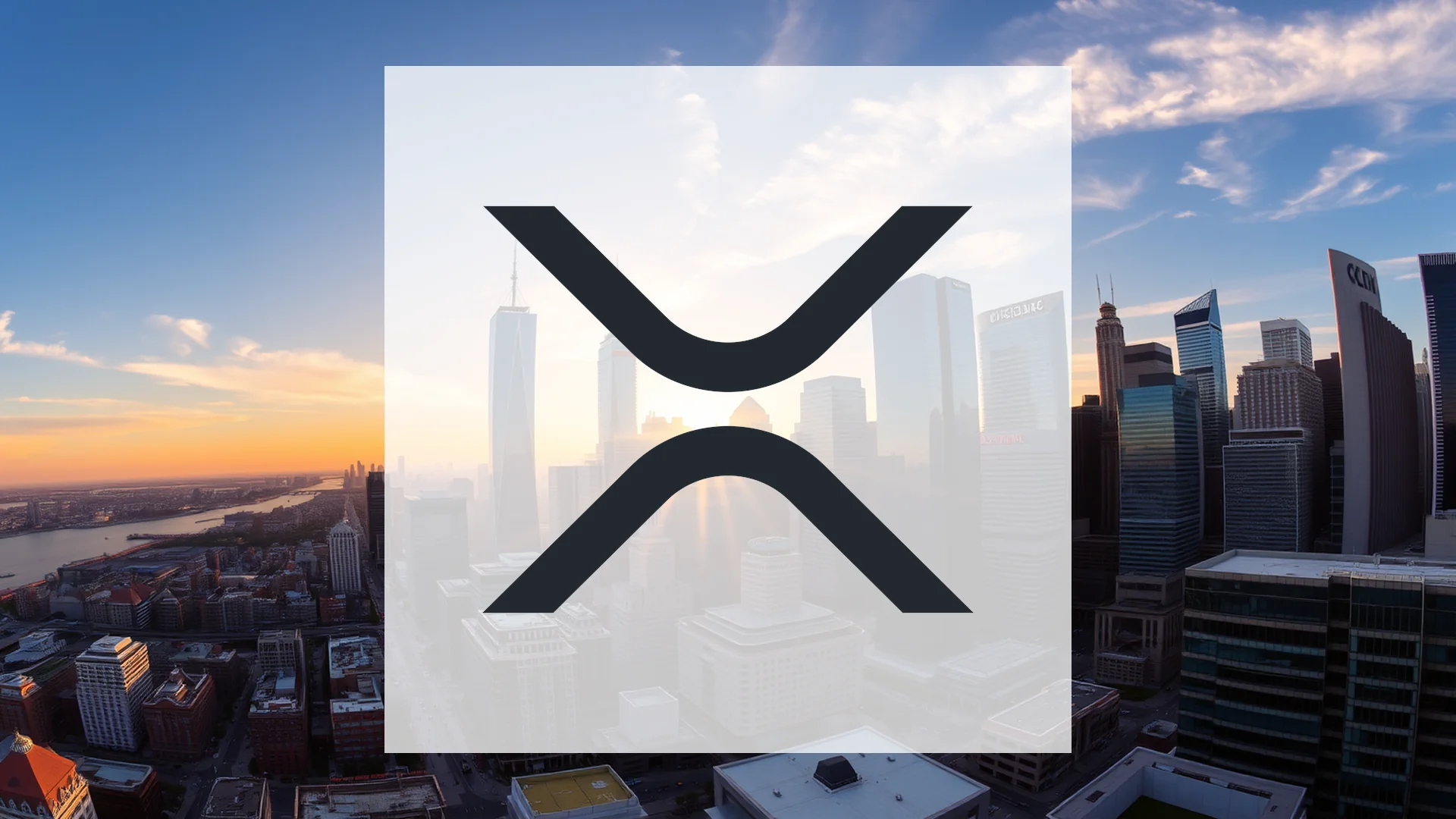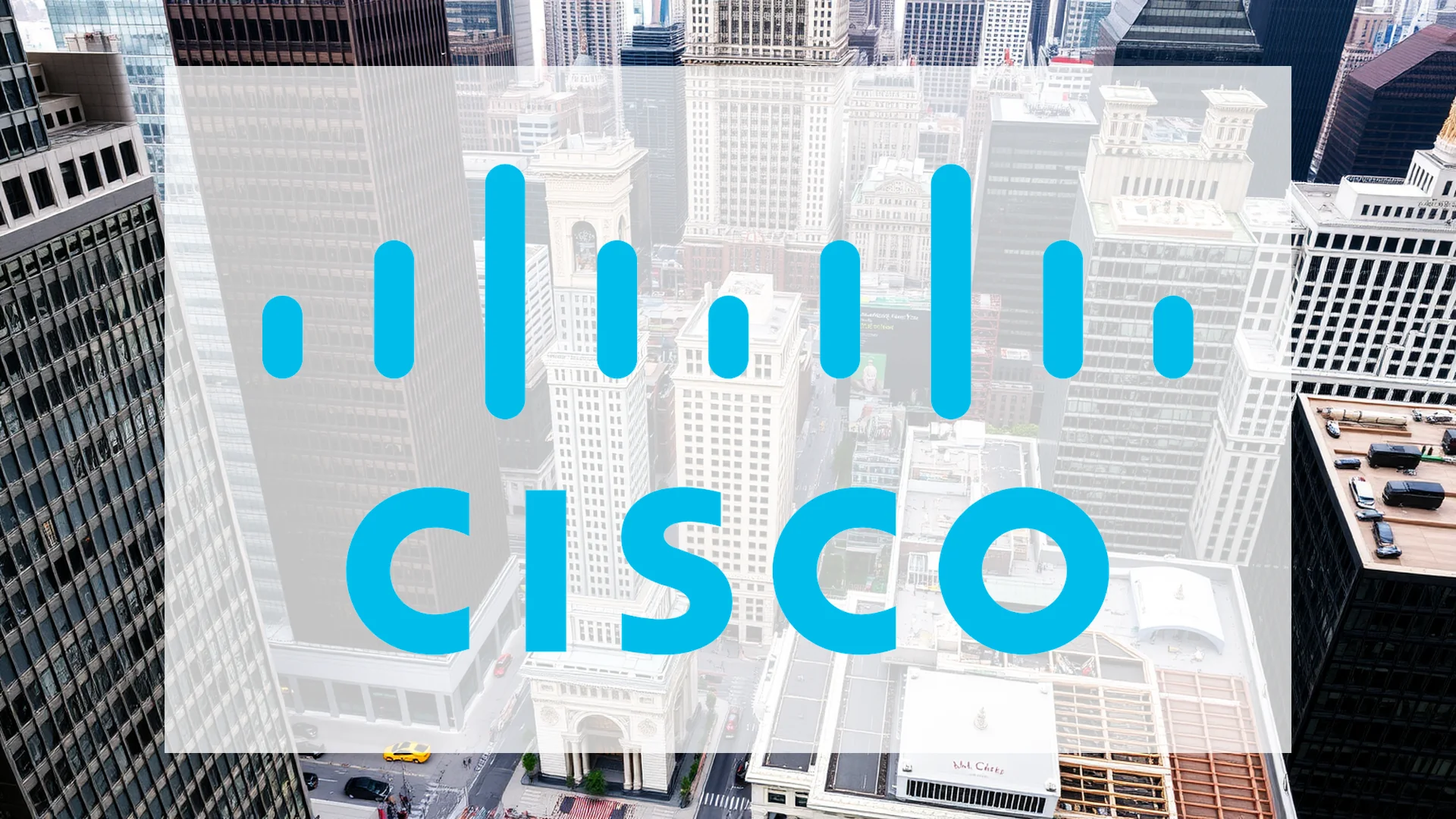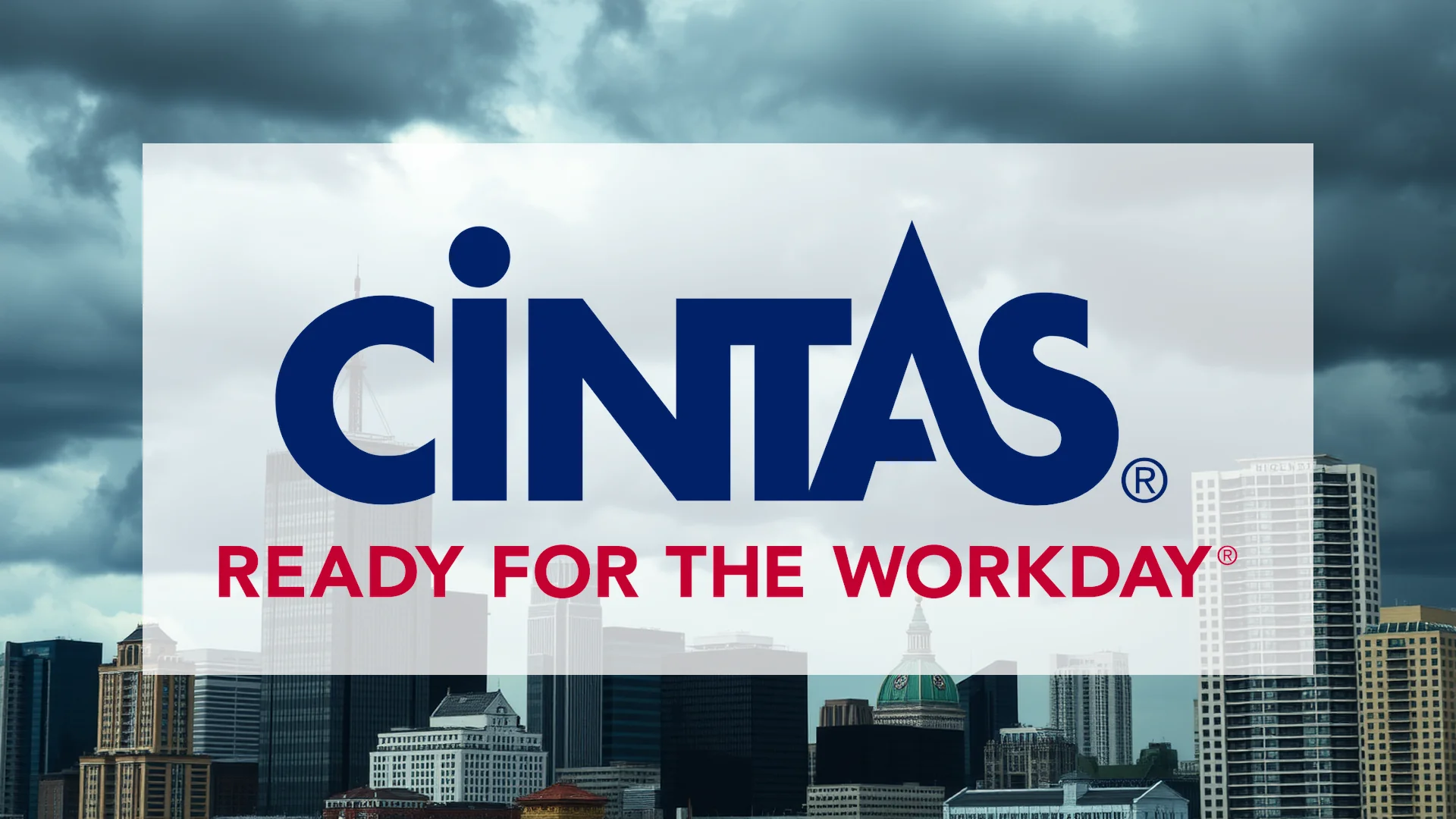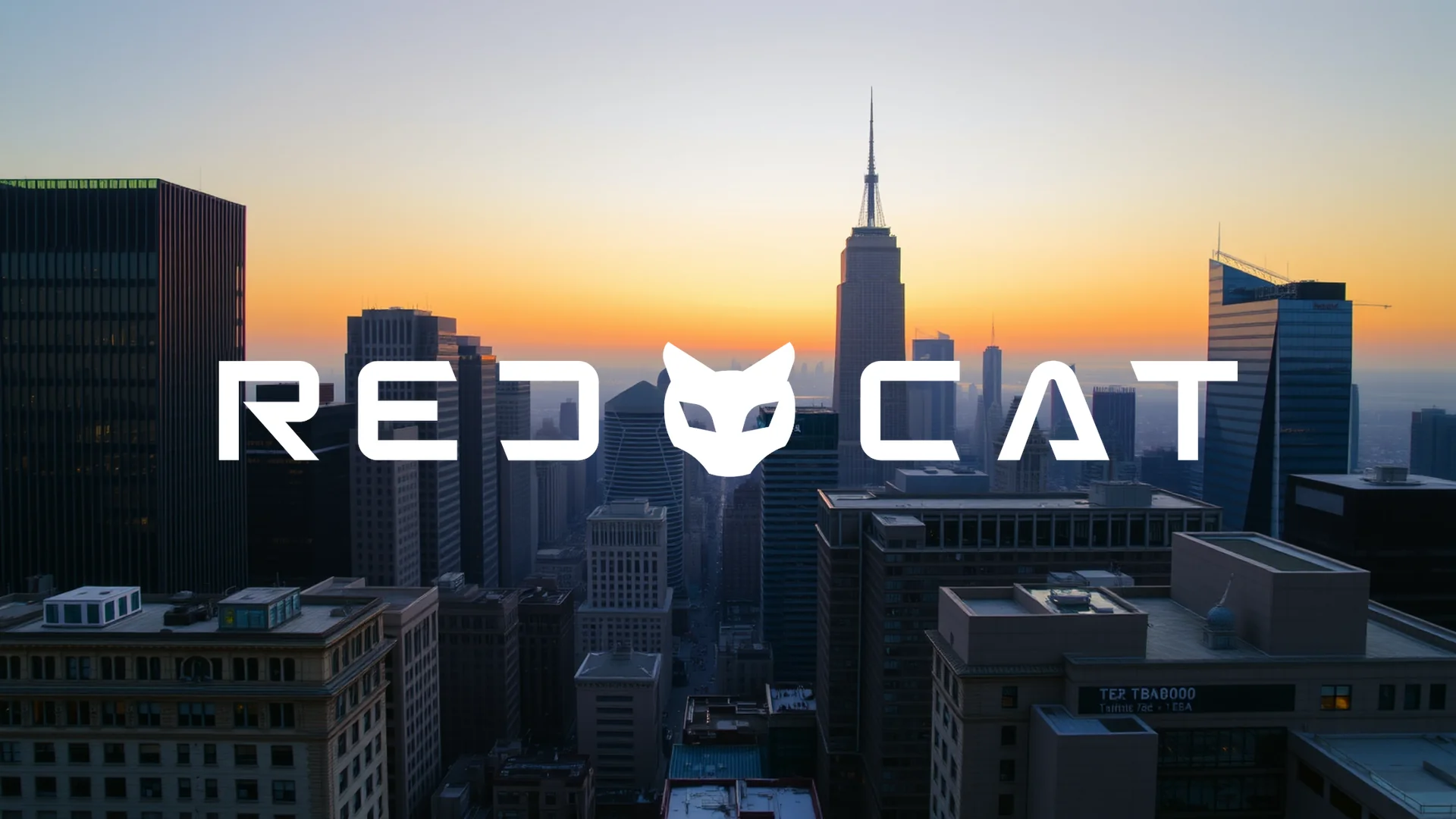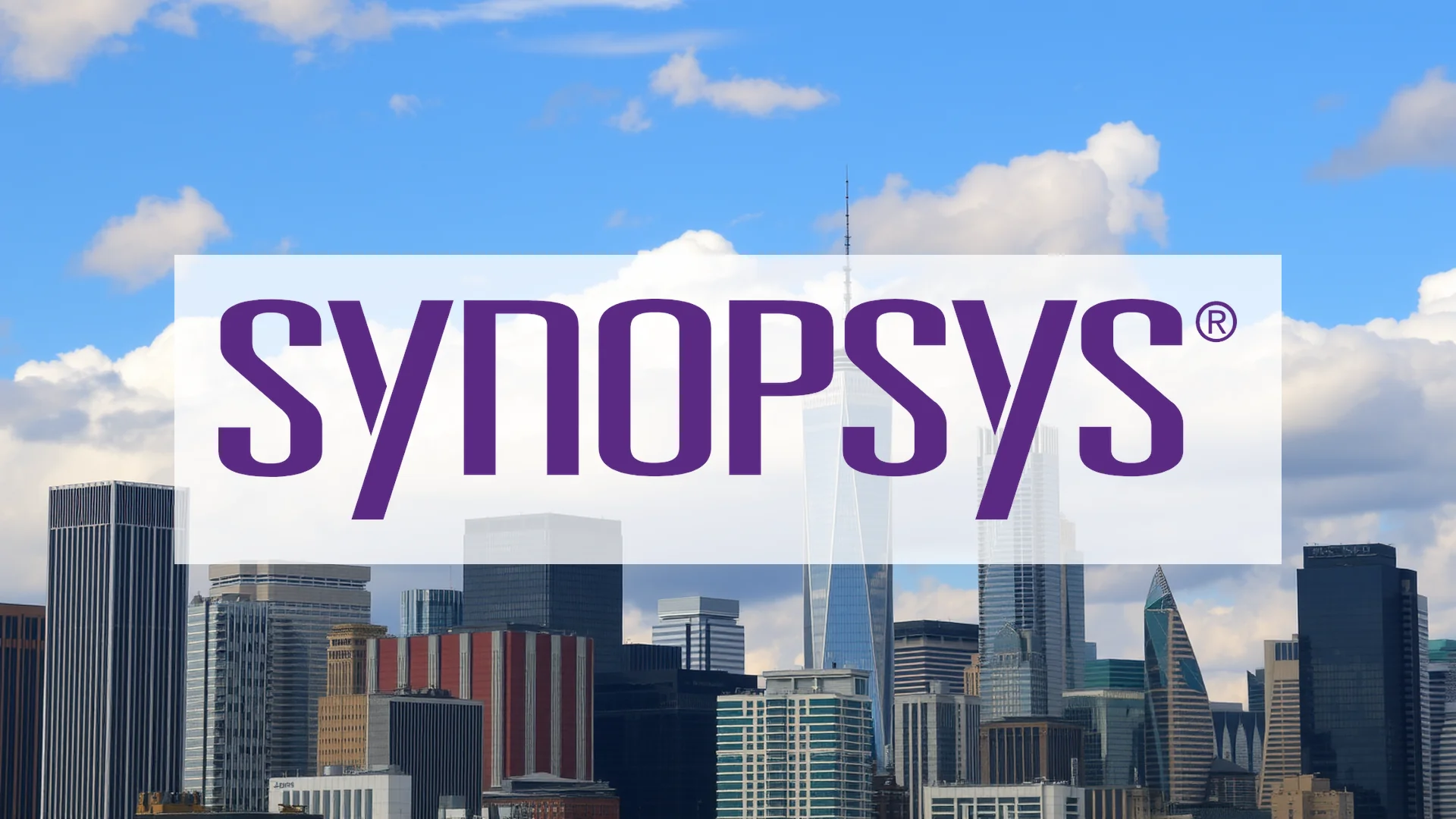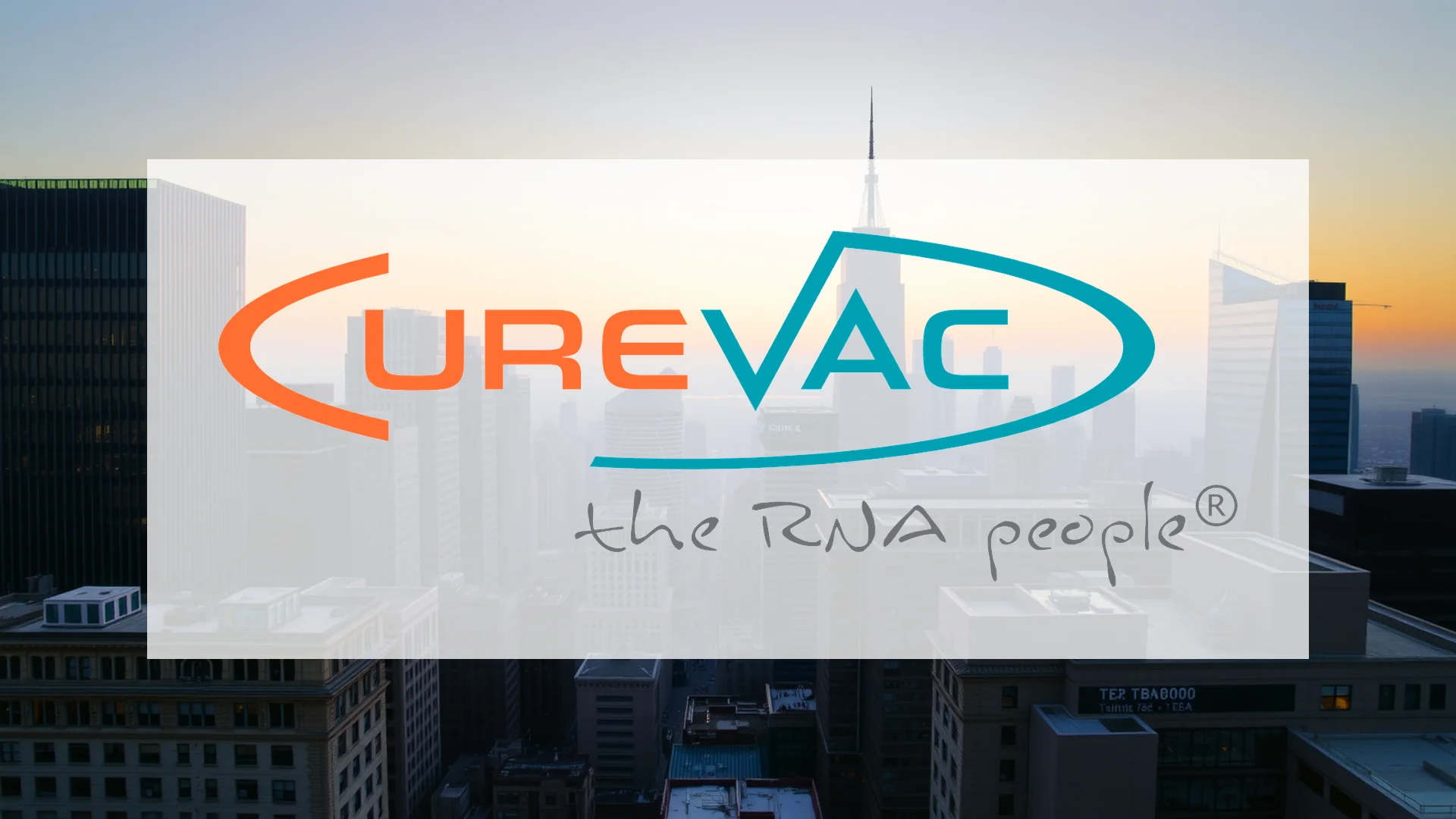Cisco Shares Surge on Artificial Intelligence Infrastructure Demand
Cisco Systems has delivered a stunning quarterly performance that has electrified financial markets, with results dramatically exceeding projections. The networking equipment leader is capitalizing heavily on the artificial intelligence revolution, securing record orders from hyperscale clients that have repositioned the company as a dominant player in the technology sector. Market participants are now evaluating whether this impressive momentum represents a sustainable transformation.
Exceptional Financial Performance
The company’s fiscal first quarter 2025 results demonstrate a remarkable turnaround: Cisco reported revenue of $14.9 billion, representing substantial 8% year-over-year growth. Even more impressive was earnings per share of $1.00, which comfortably surpassed market expectations. This performance signals a significant resurgence for an organization once perceived as a steady but unexciting networking provider.
This revitalization stems from strategic repositioning. While traditional segments including security and collaboration experienced modest declines, the AI infrastructure business is expanding at an explosive rate.
AI-Driven Transformation
Cisco’s strategic focus is yielding substantial returns, with the company recording $1.3 billion in AI infrastructure orders from hyperscale customers during the quarter alone. This marks the fifth consecutive quarter of robust order expansion within this segment. Looking further ahead, Cisco has established an ambitious target of $3 billion in AI-related revenue for the entire 2026 fiscal year.
Concurrently, the core networking business expanded by an impressive 15%. Corporations worldwide are undertaking substantial infrastructure upgrades to accommodate the anticipated surge in AI workloads, positioning Cisco as an essential partner in global digital transformation initiatives.
Upward Revision Fuels Investor Confidence
Future projections appear even more promising: Cisco has provided current-quarter revenue guidance between $15.0 billion and $15.2 billion, again exceeding analyst consensus. For the full fiscal year, the company now anticipates revenue in the range of $60.2 billion to $61.0 billion, representing a substantial upward revision from previous forecasts.
Financial markets have responded enthusiastically to this optimistic outlook. Following the earnings announcement, Cisco shares surged over 7% in after-hours trading. Investors are clearly betting that the company will maintain its position as a primary beneficiary of the artificial intelligence megatrend.
Sustainable Advantage or Temporary Boost?
With a record backlog of $42.9 billion and consistent shareholder returns—including $3.6 billion returned to investors this quarter alone—Cisco appears fundamentally strong. The critical question remains whether these advantages will enable the company to effectively compete against cloud giants like Amazon and Microsoft in the long term.
Cintas Stock: Can Strong Fundamentals Overcome Valuation Concerns?
Cintas Corporation finds itself in a curious position. The uniform and business services provider delivered impressive quarterly results and raised its full-year guidance, yet its shares continue to face significant valuation headwinds. While operational performance shines, market sentiment remains divided on whether the stock can regain its momentum.
Quarterly Performance Exceeds Expectations
For the first quarter of fiscal 2026, Cintas reported financial metrics that surpassed analyst projections. Revenue climbed 8.7% to reach $2.72 billion, with earnings per share coming in at $1.20. The company demonstrated improved operational efficiency, pushing its operating margin to 22.7%. Despite these robust fundamentals, the market response has been muted, with shares failing to capitalize on the positive operational developments. In a show of confidence, management upgraded both revenue and profit forecasts for the full fiscal year.
Capital Return Strategy in Focus
In an effort to bolster investor confidence, Cintas has aggressively deployed capital return initiatives. The company recently authorized a new $1 billion share repurchase program while maintaining its dividend, which currently yields approximately 1%. During the first quarter alone, the organization bought back $347 million worth of its shares. These actions are designed to signal financial strength and commitment to shareholder value.
Divergent Views Among Market Experts
Analyst sentiment presents a mixed picture for the uniform specialist. Rothschild Redburn recently upgraded its rating from “Sell” to “Neutral,” simultaneously raising its price target to $184. Conversely, Royal Bank of Canada substantially reduced its target from $240 to $206. The consensus price objective currently stands around $215, notably above the stock’s present trading level.
The core challenge remains Cintas’s valuation multiples. Even after recent price adjustments, the stock trades at a price-to-earnings ratio of approximately 41. Many market participants consider this ambitious given the stagnating U.S. labor market, which could potentially constrain the company’s growth trajectory.
Institutional Positioning Shifts
Notable changes in institutional ownership have caught observers’ attention. Several major investors have scaled back their exposure, with Illinois Municipal Retirement Fund decreasing its position by 31.5% and Robeco Schweiz AG reducing its stake by 44.2%. However, not all institutions are retreating—Profund Advisors increased its holding by 16.7%. Overall, institutional investors still control roughly two-thirds of outstanding shares.
The critical question remains whether Cintas can leverage its operational excellence to overcome valuation skepticism. Upcoming quarterly reports will determine if current price levels represent an attractive entry point or a value trap in the making.
Red Cat Holdings Faces Critical Earnings Test
Today marks a pivotal moment for drone technology firm Red Cat Holdings as the market anticipates its third-quarter 2025 financial results, scheduled for release after the closing bell. Investor tension is palpable, with conflicting signals emerging about the company’s trajectory. Will the quarterly report validate current concerns or deliver a positive surprise?
Management Under Scrutiny Amid Insider Selling
Recent transactions by company leadership have raised eyebrows across the investment community. Over the past three months, Red Cat executives disposed of 86,833 shares valued at approximately $861,560. Director Christopher R. Moe notably sold 30,000 shares in September at an average price of $10.11 per share. Such substantial insider selling often prompts market participants to question whether management views the current valuation as stretched.
The upcoming earnings release and subsequent management commentary at 4:30 PM EST (10:30 PM German time) will be closely analyzed for clarity on this front. Investors seek reassurance about the company’s strategic direction and profitability timeline.
Mixed Analyst Expectations for Q3 2025
Market researchers present a divided outlook for Red Cat’s performance metrics. While revenue is projected to reach approximately $8.18 million—representing impressive year-over-year growth of 41%—profitability remains elusive. Analysts forecast a loss per share between $0.07 and $0.10 for the quarter.
This divergence between robust revenue expansion and persistent losses highlights the central challenge facing the company: converting rapid growth into sustainable profits. The drone manufacturer’s ability to address this fundamental issue will likely determine market reaction to today’s announcement.
Market Awaits Definitive Answers
Today’s earnings release represents more than just another quarterly report for Red Cat. The combination of strong revenue growth, ongoing losses, and concerning insider activity has created a critical juncture for the company’s stock. Market participants will examine every data point with heightened scrutiny, searching for evidence that either confirms current concerns or demonstrates the company’s potential for future profitability.
The post-market announcement and management conference call will provide crucial insights into whether recent insider selling reflected prudent caution or missed opportunity. For Red Cat investors, today’s developments could significantly influence the company’s near-term direction.
Synopsys Announces Major Workforce Reduction Following Ansys Acquisition
Chip design software leader Synopsys has unveiled a substantial corporate restructuring plan that will eliminate approximately 10% of its global workforce. The strategic move comes shortly after the company’s multi-billion dollar acquisition of engineering simulation specialist Ansys, raising questions about the integration costs of major industry consolidation.
Restructuring Costs and Implementation Timeline
The workforce reduction will be implemented gradually over an extended period, with the majority of layoffs scheduled for fiscal year 2026. Company officials indicate the complete restructuring process won’t conclude until late 2027, accounting for varying local regulations and required consultation procedures across different jurisdictions.
Synopsys anticipates incurring significant expenses between $300 million and $350 million to cover severance packages, termination benefits, and the consolidation of international office locations. These substantial costs will directly impact the company’s financial statements during a period of increased scrutiny following the major acquisition.
Financial Performance Context
The restructuring announcement follows the company’s third-quarter fiscal 2025 earnings report, which presented a mixed financial picture. Revenue showed healthy growth, climbing 14% to reach $1.74 billion. However, this positive performance was tempered by notable softness in the Design-IP solutions segment, despite strength in Design Automation. Non-GAAP earnings per share came in at $3.39, representing solid but not exceptional results.
Management has framed the workforce reduction as necessary for optimizing operations following the Ansys integration, emphasizing the need to reallocate resources and enhance business efficiency. The official statement positions these cuts as strategic adjustments rather than emergency measures.
Executive Stock Sales Raise Eyebrows
Adding to investor concerns, recent regulatory filings reveal substantial stock sales by top executives. CEO Sassine Ghazi disposed of more than 11,000 shares in early September, realizing approximately $6.7 million. Collectively, company insiders have sold nearly $17 million worth of Synopsys stock over the past three months.
These transactions have attracted particular attention given their timing alongside the major restructuring announcement. Market observers note that when corporate leaders significantly reduce their equity positions during periods of organizational upheaval, it naturally prompts questions about their confidence in the company’s near-term prospects.
The coming quarters will prove critical for Synopsys as investors watch for signs that these painful cuts will indeed produce the promised operational efficiencies and return the company to stronger growth following its transformative acquisition.
CureVac Acquisition Enters Critical Phase as Key Deadlines Approach
The proposed acquisition of CureVac by BioNTech is accelerating toward its final stages, with several crucial deadlines now imminent. Recent regulatory filings indicate that shareholders face narrowing windows to make pivotal decisions about their positions in the biotechnology company.
Financial Context Strengthens Offer Position
BioNTech recently strengthened its acquisition proposal by integrating current financial data into the formal documentation. On November 11, the company submitted an updated UK Exemption Document that incorporated complete third-quarter 2025 results, providing investors with the most recent financial context for evaluating the takeover terms.
The financial disclosures reveal BioNTech generated €1.96 billion in revenue during the first nine months of 2025 while reporting a net loss of €831.1 million. This deficit primarily stems from a one-time special charge of €678.5 million related to a settlement with GSK. Despite this quarterly setback, BioNTech reaffirmed its full-year 2025 revenue guidance, projecting between €2.6 billion and €2.8 billion.
Shareholder Decision Windows Closing
The acquisition structure remains consistent with initial proposals: BioNTech has offered 15,061,575 newly issued American Depositary Shares (ADSs) in exchange for all outstanding CureVac shares. This stock-for-stock transaction places BioNTech’s financial stability at the center of the deal’s valuation.
BioNTech’s substantial financial resources provide strong backing for the acquisition. As of September 30, 2025, the company held €16.7 billion in liquid assets and security investments. This financial strength not only supports the CureVac transaction but also underscores BioNTech’s strategic expansion into oncology research, which represents the core motivation behind the acquisition.
Critical deadlines are now approaching rapidly. Germany’s Federal Financial Supervisory Authority (BaFin) has established withdrawal rights for shareholders that must be exercised by November 14, 2025. Shortly thereafter, on November 25, 2025, CureVac will convene an extraordinary general meeting where shareholders will vote on several transaction-related resolutions, including proposed corporate restructuring following the acquisition.
Investor Considerations Intensify
Market attention has firmly shifted to the upcoming shareholder decisions. These regulatory milestones represent more than procedural formalities—they mark the transition from planning to implementation phase. CureVac investors now face concrete choices: accept the share exchange terms or exercise their withdrawal rights before the rapidly approaching deadlines.
The coming weeks will determine whether BioNTech’s strategic move to bolster its oncology portfolio through the CureVac acquisition gains the necessary shareholder approval to proceed.
